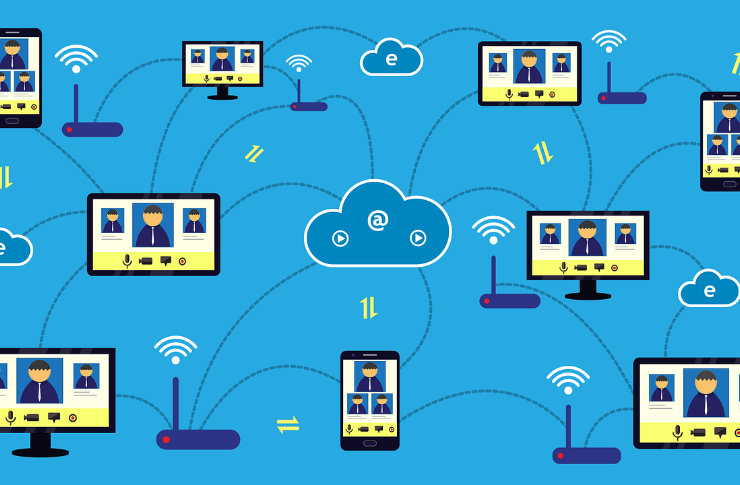Tactile Internet: Revolutionizing Remote Interactions
The concept of tactile internet promises to transform how we interact with the digital world, enabling real-time, high-fidelity remote experiences. This groundbreaking technology aims to transmit touch and movement sensations across networks, opening up new possibilities for industries ranging from healthcare to manufacturing.

Ultra-Low Latency: The Key to Realistic Remote Touch
At the heart of tactile internet lies the need for incredibly low latency in data transmission. While current networks suffice for voice and video communication, tactile feedback requires round-trip latencies of less than 1 millisecond to feel natural and responsive. Achieving this level of performance demands not only faster data transmission but also innovations in network architecture and data processing.
Haptic Devices: Bridging the Physical and Digital Realms
The development of sophisticated haptic devices is crucial for realizing the full potential of tactile internet. These devices range from advanced force-feedback gloves to full-body suits equipped with sensors and actuators. Engineers are working on creating more natural and intuitive interfaces that can accurately capture and reproduce a wide range of tactile sensations, from texture and pressure to temperature and vibration.
Applications Across Industries
The potential applications of tactile internet span numerous sectors. In healthcare, surgeons could perform delicate procedures remotely with the same precision as if they were physically present. In manufacturing, skilled technicians could guide repairs on complex machinery from afar. Education could be revolutionized through immersive, hands-on learning experiences that transcend geographical boundaries. Even social interactions could be transformed, allowing people to share physical experiences despite being continents apart.
Overcoming Technical Challenges
Implementing tactile internet on a large scale presents significant technical hurdles. Beyond the need for ultra-low latency, issues such as network reliability, security, and standardization must be addressed. Researchers are exploring novel approaches like predictive algorithms and edge computing to reduce perceived latency and enhance the user experience. Additionally, ensuring the interoperability of different haptic devices and systems is crucial for widespread adoption.
Ethical and Social Implications
As tactile internet technology advances, it raises important ethical questions. Issues of privacy, consent, and the potential for misuse must be carefully considered. There’s also the broader societal impact to consider, such as how increased remote capabilities might affect workforce dynamics and human relationships. Striking a balance between technological progress and ethical considerations will be crucial as tactile internet becomes more prevalent.
The Road Ahead for Tactile Internet
While significant progress has been made, tactile internet remains in its early stages. Ongoing research focuses on improving haptic technologies, reducing network latency, and developing new applications. Collaboration between telecommunications companies, hardware manufacturers, and software developers will be essential to realizing the full potential of this technology. As tactile internet evolves, it has the potential to redefine our relationship with the digital world, blurring the lines between physical and virtual interactions in ways we’re only beginning to imagine.





